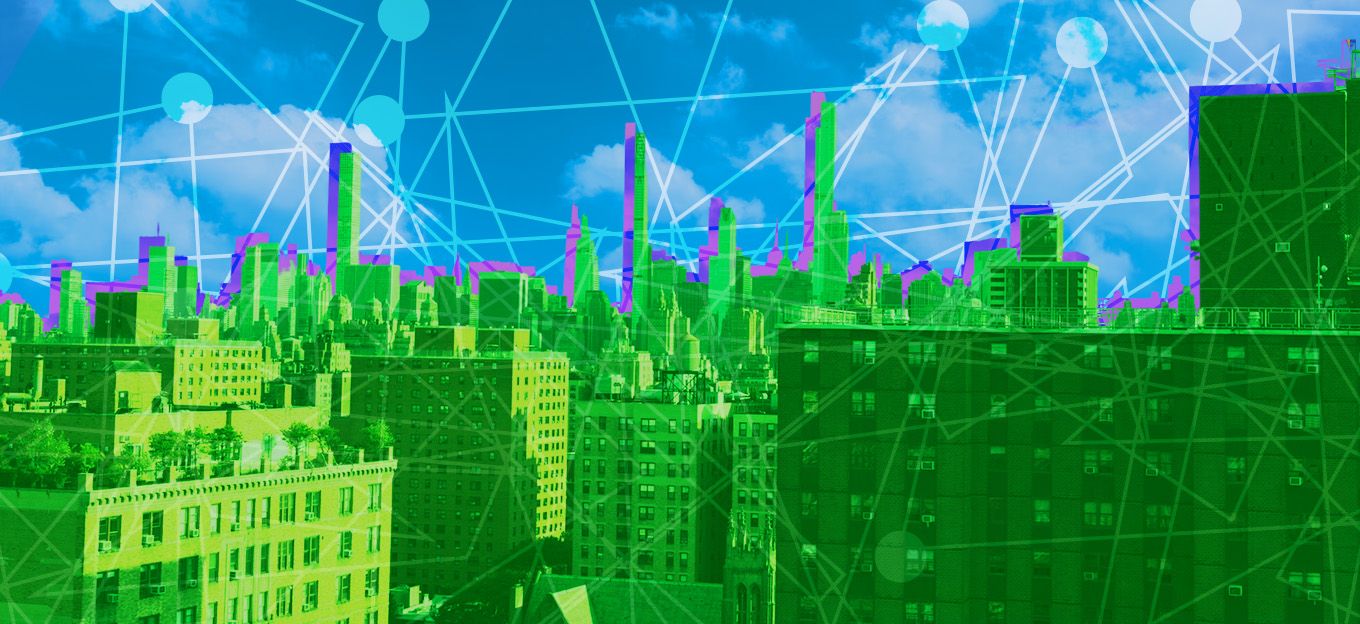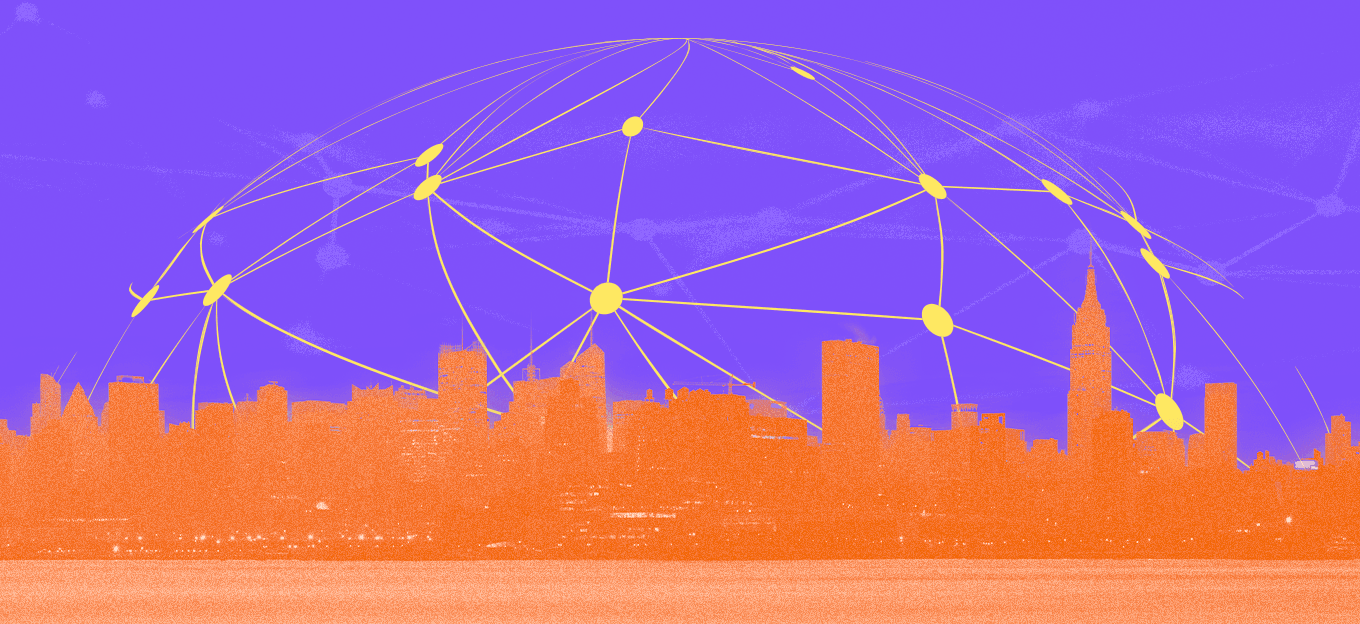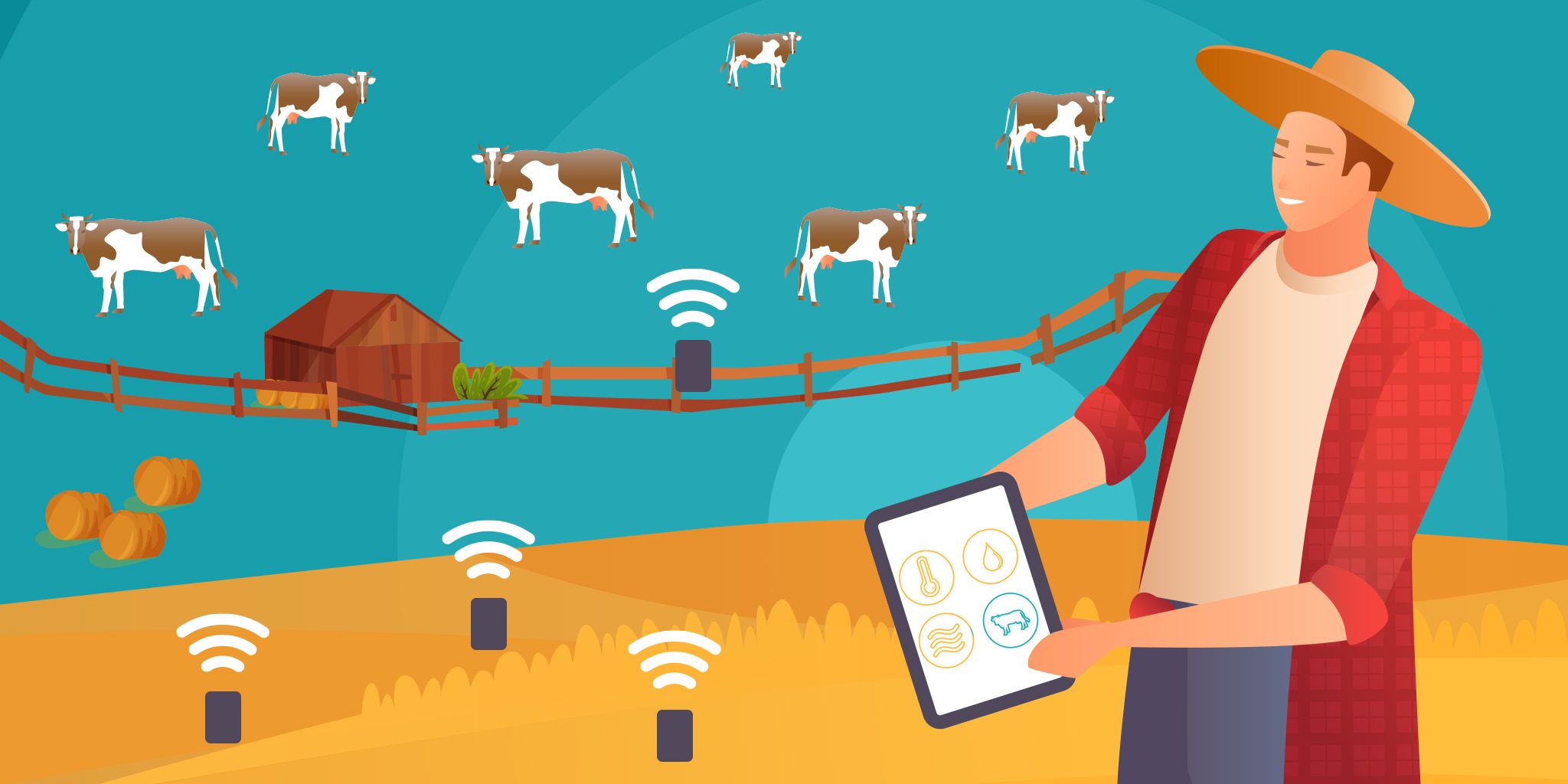Navigating the Next Wave: The 10 Most Exciting Trends in IoT
Navigating the Next Wave: The 10 Most Exciting Trends in IoT
- Last Updated: December 2, 2024
Wilderness Labs
- Last Updated: December 2, 2024



With over 15 billion connected IoT devices in the field today, the Internet of Things (IoT) is a massive ecosystem with two devices installed for each of the eight billion people on the planet. It is projected to double by the end of 2030 with an estimated 29.42 billion connected IoT devices installed worldwide. There are a number of IoT trends we are currently watching.
IoT has revolutionized how we live, work, and entertain ourselves. From home security systems, like internet-connected doorbells and smoke detectors, to field sensors that monitor industrial equipment or track a fleet of vehicles' fuel consumption, IoT-connected devices help make our world safer and more efficient.
The future potential of IoT is limited only by our imagination. This transformative technology has already brought much-needed innovation across industries that many believed would never benefit from the digital revolution like agriculture, manufacturing, or physical retail.
The IoT revolution is far from over. Here, we explore 10 exciting trends where we think the transformative power of IoT will be felt this year and beyond.
10 IoT Trends
#1: Autonomous Indoor Vehicles (AIVs) for Manufacturing
Tesla is leading the way, defining many leading-edge industrial IoT trends. Their approach starts with first principles. They view a factory as a product rather than a mere building.
A diverse, multi-disciplinary team led by Musk tackles manufacturing challenges akin to debugging software, leveraging their broad technical expertise.
At the Gigafactory, Autonomous Indoor Vehicles (AIVs) adeptly transfer materials between workstations, autonomously navigating via advanced algorithms. These AIVs carry heavy loads and even self-charge.
Tesla, over the years, has acquired firms like Grohmann Engineering, a multi-disciplinary German automation platform, affirming their commitment to developing advanced IoT with far-reaching capabilities well beyond their industrial peers.
#2: Advanced Monitoring Networks
Many cities around the world have started to use IoT in various ways. In Singapore, they pioneered a city-wide advanced network of sensors and cameras to monitor traffic, weather, and pollution.
Many other cities have since then looked into adopting remote traffic and air quality monitoring systems. They are now in widespread use across many cities in America.
An innovative example of IoT at the municipal level is San Francisco's innovative SFpark initiative, launched in 2011. This program introduced intelligent parking meters that dynamically adjust prices based on location, time of day, and weekdays.
Today, the technology is used across all 28,000 parking spaces in the city, transforming how parking is approached and managed.
#3: Healthcare & Remote Patient Monitoring
The healthcare landscape has transformed significantly post the COVID-19 pandemic, leading to an accelerated adoption of remote patient monitoring (RPM) within the healthcare industry.
The RPM approach utilizes IoT to monitor patients' health remotely, resulting in improved patient outcomes, reduced emergency department visits, and alleviated healthcare system burdens.
With the proliferation of low-cost devices like the Apple Watch that can accurately monitor heart rate and oxygen levels as devices such as ECGs, pulse oximeters, and blood pressure monitors, patients will be more equipped to receive care from home this year.
The broader use of wearable devices for real-time monitoring promises to revolutionize healthcare delivery in the coming years.
#4: IoT-Enabled Precision Farming
In agriculture, IoT smart sensors are revolutionizing operations. These devices help monitor crops, soil conditions, livestock, and storage facilities, while autonomous vehicles, drones, and robots enhance efficiency, enabling precision farming techniques.
This enables farmers to precisely optimize crop yields and assist in management decisions using high-technology sensor and analysis tools.
Equipment manufacturers like John Deere have jumped on the trend, developing connected tractors that employ sensors, computer vision, and machine learning for self-driving to assist in precision farming techniques.
From automated irrigation to intelligent greenhouse lighting, IoT's integration with technology advances sustains agricultural sustainability and efficiency.
#5: Dynamic Supply Chain Visibility
Accenture's recent research highlights the significance of real-time dynamic visibility in achieving supply chain resilience. The research, based on interviews with 30 supply chain executives, reveals that companies with enhanced visibility across their supply chain outperform others during disruptive periods.
The research distinguishes structural and dynamic visibility, with the latter involving real-time monitoring and response. IoT plays a role because it’s able to enhance supply chain management by providing visibility and traceability.
Real-time tracking through sensors on shipments, vehicles, and warehouses optimizes inventory management, reducing inefficiencies and enhancing overall operational effectiveness.
#6: Automated Control Systems
IoT's role extends to monitoring and controlling energy consumption across homes, buildings, and industries. With the integration of smart meters, thermostats, and lighting systems, a more energy-efficient approach is achieved, leading to substantial cost savings.
But with the latest advances in AI and data analytics, automated control systems can now manage demand response without human intervention.
We’ve already seen the first generation of in-home devices like the Nest thermostat that monitors temperature automatically, and enterprises like hotels have been making huge strides in adopting smart temperature control technology in their properties, improving efficiency and reducing costs.
#7: Smart Power Grids
Traditional power grids are aging and struggle to meet growing electricity demand. The implementation of IoT in electrical grids marks a significant advancement.
This technology enables the refined management of power distribution and consumption. Moreover, IoT facilitates the seamless integration of renewable energy sources, bolstering sustainability and elevating the reliability of the grid system.
Most traditional approaches to power generation require large-scale systems at a single location, like a hydroelectric power plant. However, many green power generation techniques like wind farms distribute equipment across a wide area.
IoT field sensors make monitoring and management a simple task; without them, operating at scale would be vastly more expensive.
#8: Air Quality & Environmental Monitoring
The EPA has managed a legacy air quality monitoring infrastructure since the 1970s in America. However, a new generation of low-cost IoT sensors from vendors like Purple Air now plays a pivotal role in monitoring environmental parameters such as air and water quality.
Air quality monitoring, in particular, has become an issue due to climate change and an increase in wildfires across the globe, increasing the need for scalable solutions that can provide accurate measurements across a diverse geographic area.
By providing real-time data, these sensors aid in understanding and addressing environmental issues, contributing to informed decision-making and sustainable practices.
#9: Self-Checkout (SCO) Lanes
Retailers continue to leverage IoT-powered tools like smart shelves, beacons, lighting systems, and analytics to personalize customer experiences and streamline inventory management. This not only enhances customer satisfaction but also boosts operational efficiency.
The IoT trend to watch in retail allows consumers to check themselves out of the store. The Amazon Go store initiative is one of the most forward-thinking and innovative examples.
They’ve gone well beyond self-checkout. In those stores, customers leave, and there is no checkout experience. IoT devices, sensors, and software are combined to create an entirely new and nearly frictionless consumer experience.
#10: Robo Taxis & Autonomous Transportation
The integration of IoT into vehicles and transportation infrastructure heralds a transformative era. IoT-enabled vehicles communicate among themselves and with infrastructure, resulting in improved traffic flow, heightened road safety, and the realization of autonomous driving technologies.
This advancement promises to reshape the transportation landscape for greater efficiency and safety. Two innovative companies, Cruise and Waymo, have both pioneered their version of self-driving car technology for a few years.
They rolled out a taxi pilot program, making it available to consumers in San Francisco in 2023 and they recently announced the expansion of the program to cities across America.
Expect More IoT
Lower costs for IoT product components are expected to enable further growth in 2023. IoT's trajectory remains promising as chip shortages gradually subside, and new production lines come online.
Despite ongoing chip supply challenges projected into 2024, declining demand due to financial uncertainty could influence prices on various chips, including dynamic RAM. As we venture into this dynamic landscape and IoT trends, the power of IoT continues to reshape industries and redefine possibilities.
The Most Comprehensive IoT Newsletter for Enterprises
Showcasing the highest-quality content, resources, news, and insights from the world of the Internet of Things. Subscribe to remain informed and up-to-date.
New Podcast Episode

Moving Past the Pilot Phase in IoT and AI
Related Articles





